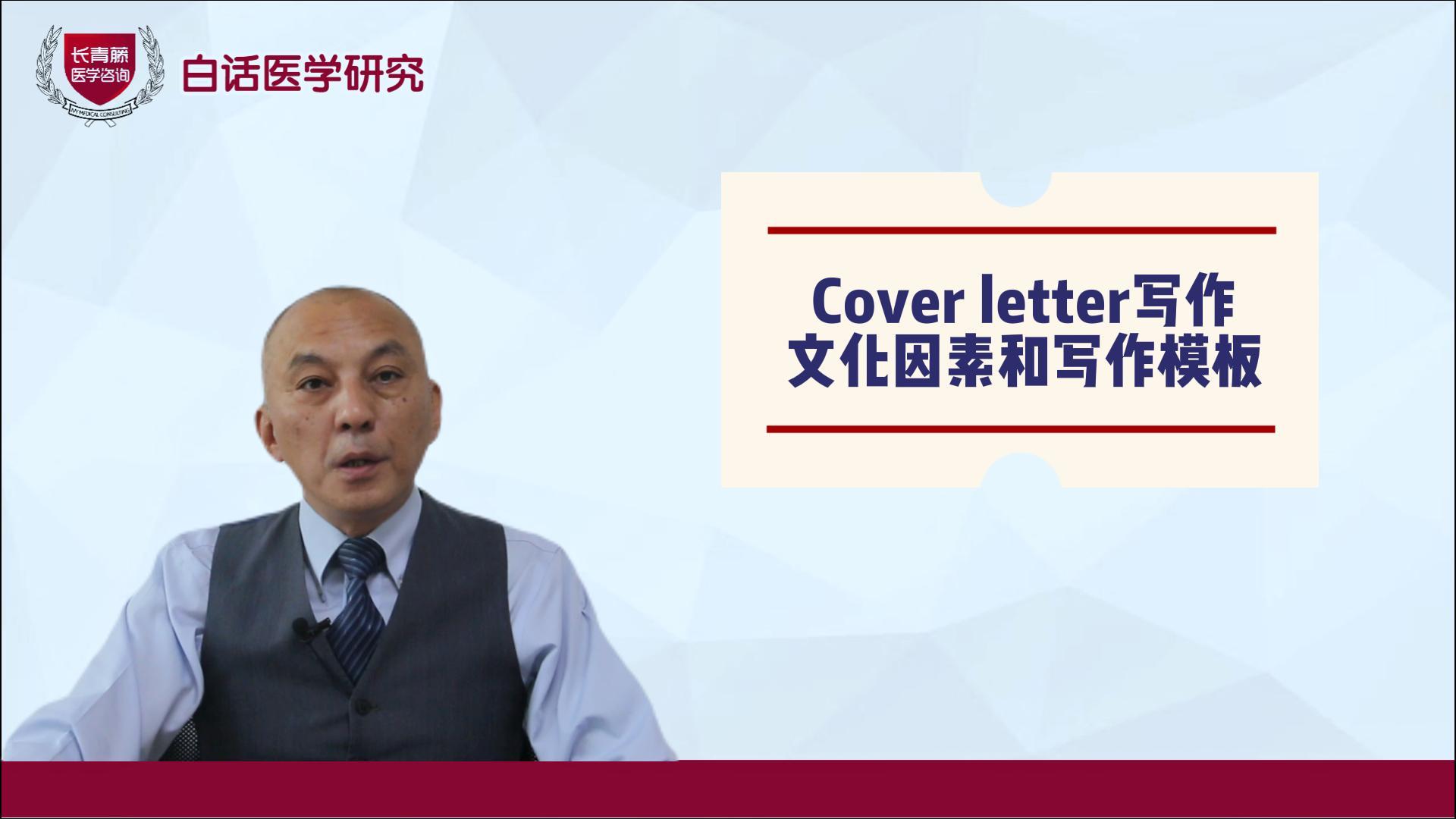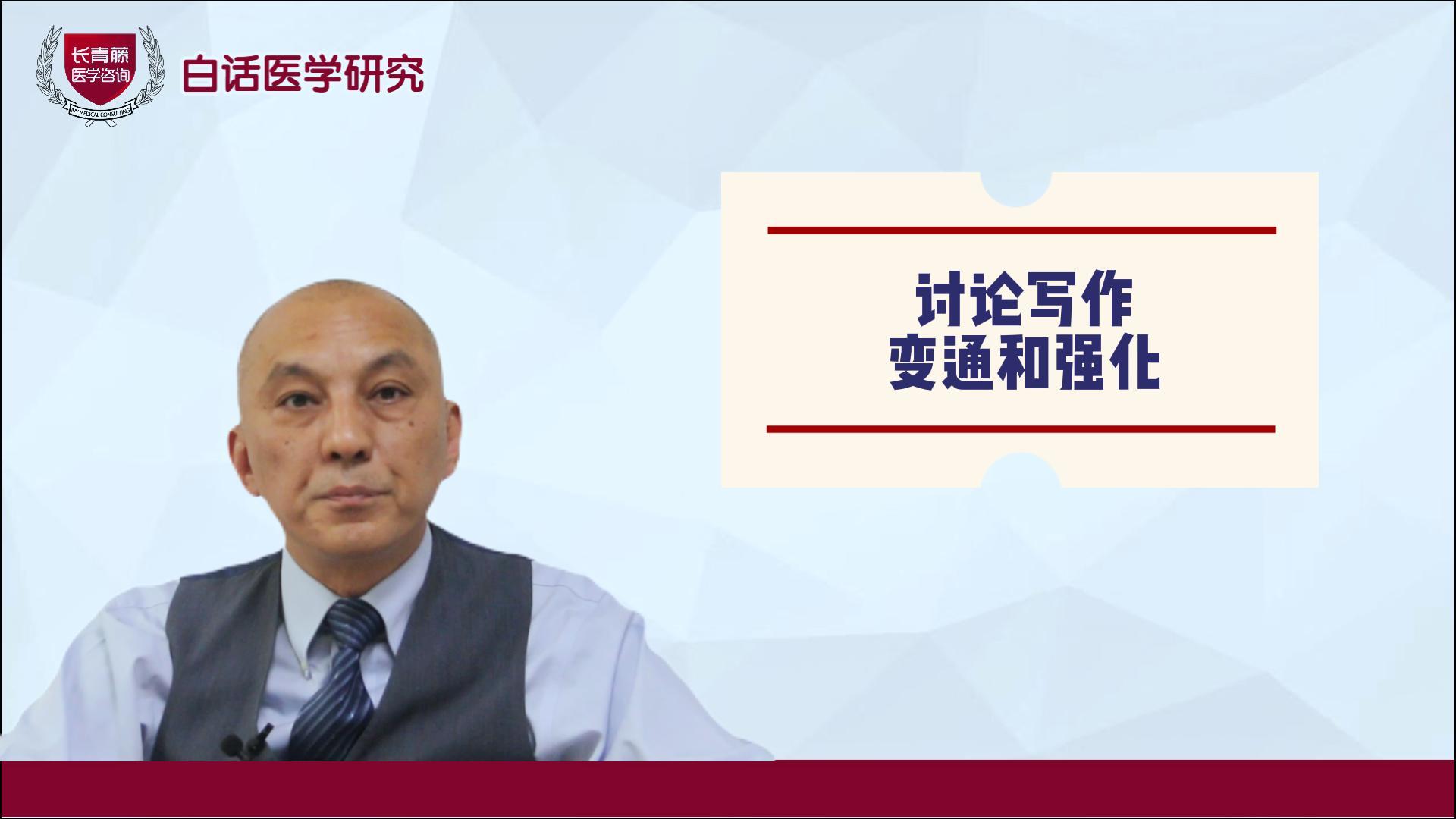新型抗高血压药物优于传统药物的证据
Evidence that new antihypertensives are superior to older drugs
In hypertension trials,1 the Antihypertensive and Lipid-Lowering Treatment to Prevent Heart Attack Trial (ALLHAT)2,3 and the Anglo-Scandinavian Cardiac Outcomes Trial (ASCOT)4 stand out, because they compared newer with older antihypertensive drugs. In today’s Lancet, Björn Dahlöf and colleagues report that the amlodipine-based regimen in ASCOT, to which perindopril could be added, reduced major cardiovascular endpoints by 16%, stroke by 23%, and cardiovascular and total mortality by 24% and 11%, respectively,compared with the -blocker atenolol with or without
bendroflumethiazide.
ALLHAT and ASCOT had the same primary endpoint of coronary mortality and non-fatal myocardial infarction. In ALLHAT, the relative hazard ratios for the primary endpoint
on amlodipine,2 lisinopril,2 or doxazosin3 compared with chlorthalidone2,3 were all close to unity. In ASCOT,the corresponding hazard ratio for the newer versus older drugs was 0·90, but failed to reach statistical significance because the high rate of coronary revascularisations led to
247 fewer primary endpoints than the sample size calculations had predicted. Remarkably, in ASCOT, treatment with amlodipine with or without perindopril, compared with atenolol with or without bendroflumethiazide,tended to reduce the risk of heart failure by 16% (p=0·12).In ALLHAT, the hazard ratios relative to chlorthalidone (p 0·001) were 1·35 for amlodipine,2 1·19 for lisinopril,2
and 1·80 for doxazosin.3 In our opinion, stricter diagnostic criteria and blinded endpoint validation enabled ASCOT to establish the benefit of newer drugs at event rates that were only half of those observed in ALLHAT.
Systolic blood pressure was 2·7 mm Hg lower in ASCOT patients randomised to amlodipine. Quantitative overviews of the literature by us5,6 and other researchers7 have shown that in hypertensive or high-risk patients, cardiovascular protection followed the systolic gradient between randomised groups. After ASCOT was prematurely stopped because of a higher death rate in the atenolol group, we used the relation between cardiovascular outcomes and achieved systolic pressure in previous trials5,6 to predict what ASCOT would report (table). We assumed an on-treatment systolic pressure 2–4 mm Hg lower in amlodipine-allocated patients, and overall event rates consistent with those published for the lipid-lowering arm of the trial.8 Our accurate predictions of relative risk reductions on treatment with newer antihypertensive drugs highlight that the 2·7 mm Hg systolic gradient is sufficient to explain the cardiovascular
benefit of amlodipine with or without perindopril.
Unfortunately, the companion article in today’s
Lancet, by Neil Poulter and colleagues,9 weakens the key message that in hypertensive patients it is the lowering of blood pressure that produces most of the benefit,5-7 and thereby opens the door for possible misinterpretation,or even misuse of post-hoc results by drug marketers. Serial mean matching included all patients and endpoints of the amlodipine group, but at any time
point excluded at least 2100 older patients allocated atenolol, because throughout follow-up their mean accumulated blood pressure remained too high to allow matching. Exclusion of about 60 cases of coronary heart disease and about 60 strokes from the atenolol group also violated the basic principles of randomisation and intent-to-treat analysis. The time-specific
(图)
analyses,irrespective of whether they were sequential or cumulative,are problematic, because the incidence of endpoints during any time period must have been conditional on the events and withdrawal rates in all previous periods;10 and because switching from previous to randomised treatment, the more rapid and greater addition of the second line agent in the atenolol group,
and the differential time course of other measured and unmeasured risk factors, must have confounded the blood pressure issue. The companion article also omits any test statistic for the so-called time link or for the statistical differences between the unadjusted and adjusted relative hazard ratios, which show largely overlapping confidence intervals. Nevertheless, the
ASCOT observations do not exclude the possibility that part of the advantage of the newer drugs might be due to a reduction in pulse pressure in the central arteries, or because of small but specific effects that angiotensinconverting-enzyme inhibitors and long-acting dihydropyridine
calcium-channel blockers might have compared with diuretics and -blockers in the prevention of coronary events and stroke, respectively.7,11 In keeping with ALLHAT2 and several other trials,12,13 ASCOT confirmed that a treatment strategy with only -blockers, diuretics,
or both increased the risk of new-onset diabetes mellitus by about 40% and had other unfavourable
metabolic side-effects.
How should clinicians translate the ASCOT results in day-to-day practice? To keep sample size within achievable limits, ASCOT,4,8 as in most other recently published trials,1-3,12-14 preferentially recruited older adults at high cardiovascular risk. The ASCOT results might therefore not be readily applicable to most hypertensive patients seen in daily practice. However,primary-care physicians enrolled over 50% of the ASCOT study population.15 In the sensitivity analyses, ASCOT’s findings4 were consistent in all prespecified subgroups.
Had there been any difference in outcomes between general practices in Scandinavia and the secondary referral centres in Ireland and the UK, we assume the ASCOT researchers would not have left this unreported.
From 220 to 650 patients had to be treated for 1 year with newer instead of older drugs to prevent one cardiovascular event or one death, respectively. This apparently small absolute benefit must be qualified,because 5 years of treatment are not representative of a patient’s life-time treatment. Of 14 adverse events with an incidence of more than 5%, ten occurred more frequently in the patients allocated the older treatment strategy.4 Such symptoms decrease quality of life,compliance with treatment, and ultimately blood pressure control. Moreover, new-onset diabetes unconfounded by previous antihypertensive treatment carries the same excess risk as diabetes at baseline.
On balance, the ASCOT results endorse the European
2 www.thelancet.com Published online September 4, 2005 DOI:10.1016/S0140-6736(05)67147-4
guidelines for the treatment of hypertension, which leave the choice of drug class for antihypertensive treatment to the doctor.17 ASCOT also supports the use of newer drugs, especially in patients with complicated hypertension, associated risk factors, or metabolic disturbances. The mean number of antihypertensive drugs used by ASCOT patients was around 2·2. At the end of the ASCOT trial, as in most other trials, including one which implemented a systolic blood pressure
initiative,14 only 32·2% of the diabetic and 60·0% of the non-diabetic population were properly controlled.These dismal statistics underscore the need for use of multiple drug combinations spanning newer and older drug classes in a large group of hypertensive patients,and a need to up-titrate treatment more rapidly than is commonly done to capitalise on the massive benefits of early versus delayed blood pressure control.
Governments and health-care insurers will have to accept that the use of antihypertensive drugs cannot be rationed. The pharmaceutical industry has to live with the idea that antihypertensive drugs,





发表评论
注册或登后即可发表评论
登录注册
全部评论(0)